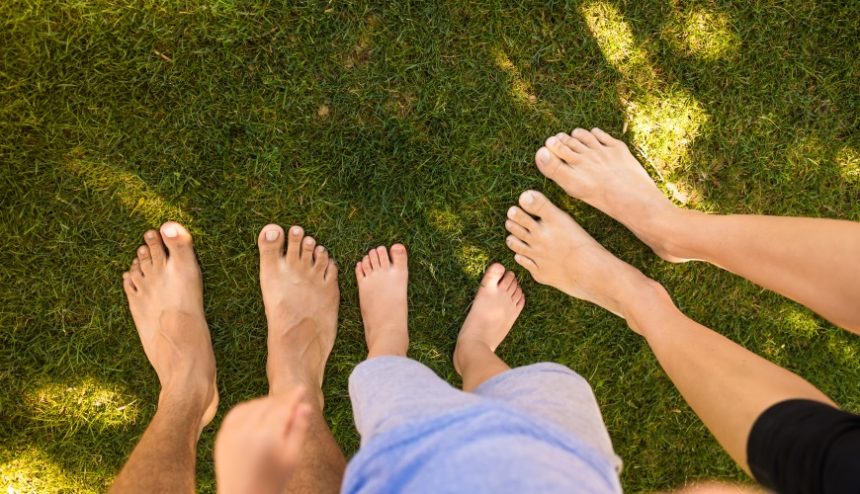 By Alissa J. Redding, DPM, Podiatry
By Alissa J. Redding, DPM, Podiatry
Many skin and nail conditions can wreak havoc on your feet in summer, leading to pain, worry, and possible infections. Dry heels, blisters, and ingrown toenails are common foot conditions, but they don’t have to be yours. Keep the skin and nails on your feet healthy (or treat these conditions at home) with these recommendations.
Heal Cracked Heels
Dry, cracked heels are a familiar sight in the summer and have many causes. The development of dry, hard, thickened skin can be caused by sandal straps rubbing, wearing open-backed shoes, or going barefoot. In some cases, cracks, also known as fissures, can indicate a more serious medical condition. Apply a moisturizer frequently because bacterial or fungal infections are more likely to occur with dry skin or heel fissures. To help treat cracks and prevent infections, use a moisturizer containing urea, alpha hydroxy acids (AHAs), ceramides, or petroleum. You can slip on socks at night to help the moisturizer work.
These moisturizers may also reduce pain and discomfort from calluses and corns. If you’re healthy, you don’t need treatment for calluses and corns unless they cause pain or you don’t like how they look. Consult your health care provider before treating a corn or callus on your own if you have diabetes or another condition that causes poor blood flow.
What Causes Pesky Blisters and How to Treat Them
Blisters are another summertime pain. These fluid-filled lesions are usually caused by friction. Hot, sweaty feet can contribute to getting blisters. It is best to avoid popping these yourself, if possible. If the blister ruptures or pops, leave the “roof” or top cover of the blister on to help protect against infection. Use an over-the-counter antibiotic ointment and bandage to protect the area for a few days while it heals. See a healthcare provider if redness, increasing pain, swelling, or yellow or white drainage occur. This can be signs of an infection.
Prevent Ingrown Toenails and Avoid “Bathroom Surgery”
Ingrown toenails occur year-round, but especially in the summer months. Ingrown nails occur when the sides of the nail grow or dig into the skin, causing pain, redness, and sometimes infection. This happens mainly on the big toe. Causes of ingrown toenails include cutting your toenails too short, hereditary factors, and certain dermatological conditions. In addition, an injury such as stubbing a toe, repeated pressure from running, or wearing shoes that are too small or narrow can contribute to this condition. So – try to prevent what you can control.
You can treat some ingrown toenails at home with Epsom salt soaks, but avoid “bathroom surgery” that involves cutting part of the nail out. Instead, see medical attention for increased pain, redness, or pus at the toenail. Ingrown toenail removal – either the sides or the nail entirely – (with an anesthetic, of course) and antibiotics may be necessary to remedy this common but painful condition.
Healthy Feet are Happy Feet
Following these recommendations for foot care, you can prevent (and treat minor) summer foot conditions involving your skin and toenails!


